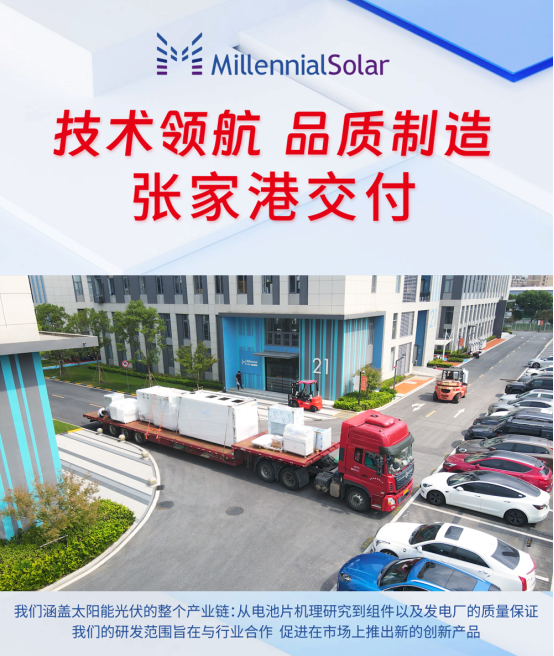
量子效率测试仪
PL/EL一体机
Sinton硅片少子寿命测试仪
Sinton硅块少子寿命测试仪
绒面反射率测试仪
3D共聚焦显微镜
清洗制绒工作站
在线四探针方阻测试仪
全自动扫描四探针方阻测试仪
在线薄膜厚度测试仪
晶化率测试仪
Horiba高速高分辨显微共焦拉曼光谱仪
傅里叶红外光谱仪
霍尔效应测试仪
分光光度计
全光谱椭偏仪
Horiba椭圆偏振光谱仪
TLM接触电阻率测试仪
超景深显微镜
网版智能影像测量仪
全自动影像测量仪
卧式拉力机
电池片稳态光衰老化试验箱
电池片紫外老化试验箱
电池片拉脱力综合测试仪
外观检验台
湿漏电测试系统
组件实验室EL测试仪
紫外老化试验箱
稳态光衰老化试验箱
电流连续性监测系统
PID测试系统
旁路二极管测试系统
LeTID测试系统
反向电流过载系统
脉冲电压测试系统
绝缘耐压测试仪
接地连续性测试仪
绝缘耐压接地测试仪
湿热环境试验箱
湿冻环境试验箱
热循环试验箱
动态机械载荷测试机
静态机械载荷测试机
冰雹冲击试验机
引出端强度试验机
霰弹冲击试验机
抗划伤(切割)测试机
剥离试验机
万能材料试验机(单臂)
万能材料试验机(双臂)
光伏玻璃透过率测试仪
醋酸测试试验箱
交联度测试系统
二极管接线盒综合测试仪
落球冲击试验机
半自动四探针
全自动探针式台阶仪
复合式LED模拟器
多通道太阳能MPPT系统
LED模拟器光浴
Horiba高灵敏一体式稳瞬态荧光光谱仪
钙钛矿P1激光划线测试仪
钙钛矿在线膜厚测试仪
钙钛矿工艺检测工作站
手持式IV测试仪
便携式EL测试仪
手持热成像测试仪
户外组件IV测试仪
户外组件多通道测试系统
光伏逆变器电能质量测试仪
无人机EL检测仪
美能光伏赴张家港,启动检测设备项目交付流程
日期:2024-09-30浏览量:15
在光伏行业的蓬勃发展中,精准高效的检测技术对于保障产品质量、提升产业竞争力起着至关重要的作用。近日,美能光伏已成功向张家港地区的企业交付了一系列先进的光伏电池检测设备,标志着美能光伏在光伏检测技术领域的又一重要进展。

此次交付的设备包括卧式拉力机、稳态光衰试验箱、紫外老化试验箱、醋酸测试设备、小综合环境箱、PCT高压中速老化箱以及小型层压机等,这些高精度、高稳定性的检测仪器将为张家港地区的光伏企业提供全面、精准的检测服务,确保光伏产品的质量和可靠性。美能光伏的交付团队在项目实施过程中展现了高度的专业性和责任感,从设备的选型、安装到调试、培训,每一个环节都体现了美能光伏对品质的严格把控。

美能光伏此次的项目交付,不仅提升了张家港地区光伏企业的检测能力,也为整个光伏产业的高质量发展提供了有力支持。美能光伏将继续致力于技术创新和市场拓展,为全球客户提供更多优质的光伏产品和服务。






































































